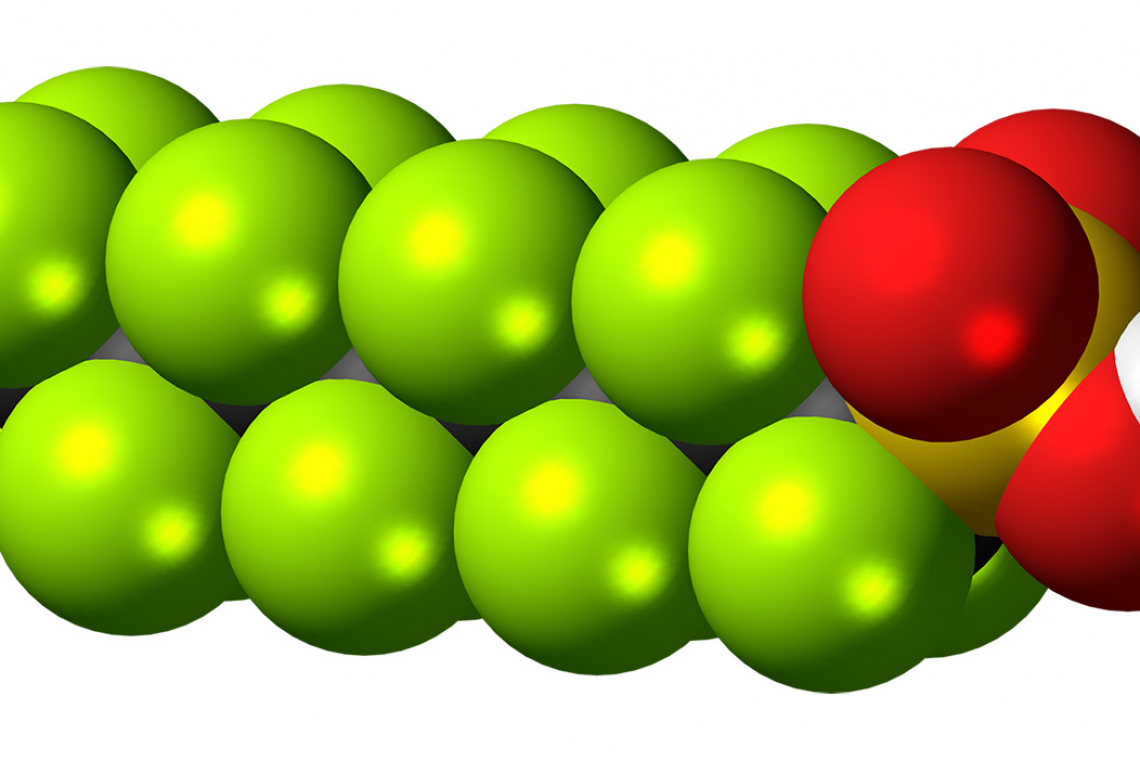Australia's highest authority for medical research has recommended significantly lowering the permissible limits for 'perpetuating chemicals' in drinking water. The National Health and Medical Research Council (NHMRC) published draft guidelines on per- and polyfluoroalkyl chemicals (PFAS) in October 2024.
PFAS, known as 'forever chemicals' due to their persistence in the human body and in the environment over long periods of time, comprises a group of over 10,000 synthetic chemicals used in products such as food packaging, cosmetics, clothing and cooking utensils. PFAS are also used in the electronics industry, for example in semiconductor manufacturing, where they are often considered essential.
According to the Australian Department of Health, exposure to the chemicals perfluorooctanoic acid (PFOA) and perfluorooctanesulfonic acid (PFOS) correlates with an increased risk of testicular and kidney cancer. In December 2023, the International Agency for Research on Cancer classified PFOA as carcinogenic to humans. According to the NHMRC guidelines, the limits for PFOA in drinking water should be reduced from 560 ng/L to 200 ng/L and for PFOS from 70 ng/L to 4 ng/L. The NHMRC continues to propose limits of 30 ng/L for perfluorohexane sulfonic acid (PFHxS) and 1,000 ng/L for perfluorobutane sulfonic acid (PFBS), based on evidence of their effects on the thyroid gland.
According to Steve Wesselingh, CEO of the NHMRC, the new limits are based on findings from animal studies. The public consultation period on the guidelines will run until November 22 before the government makes a decision.


